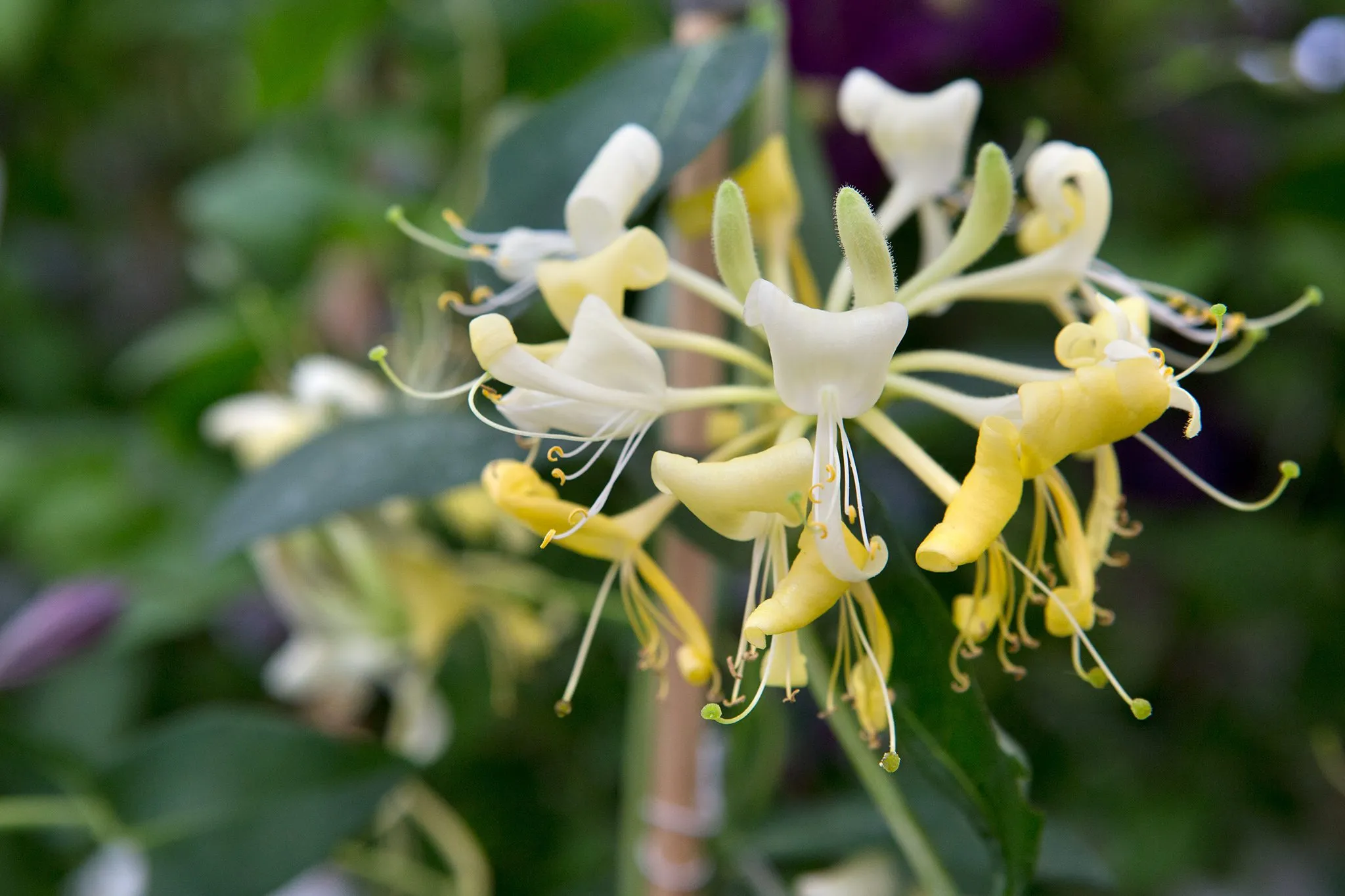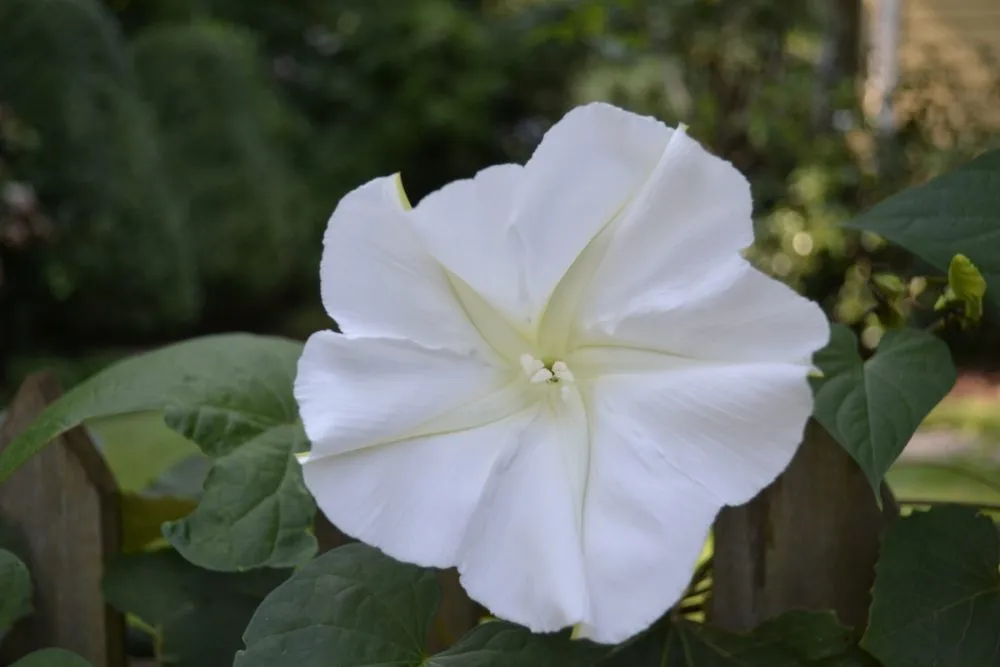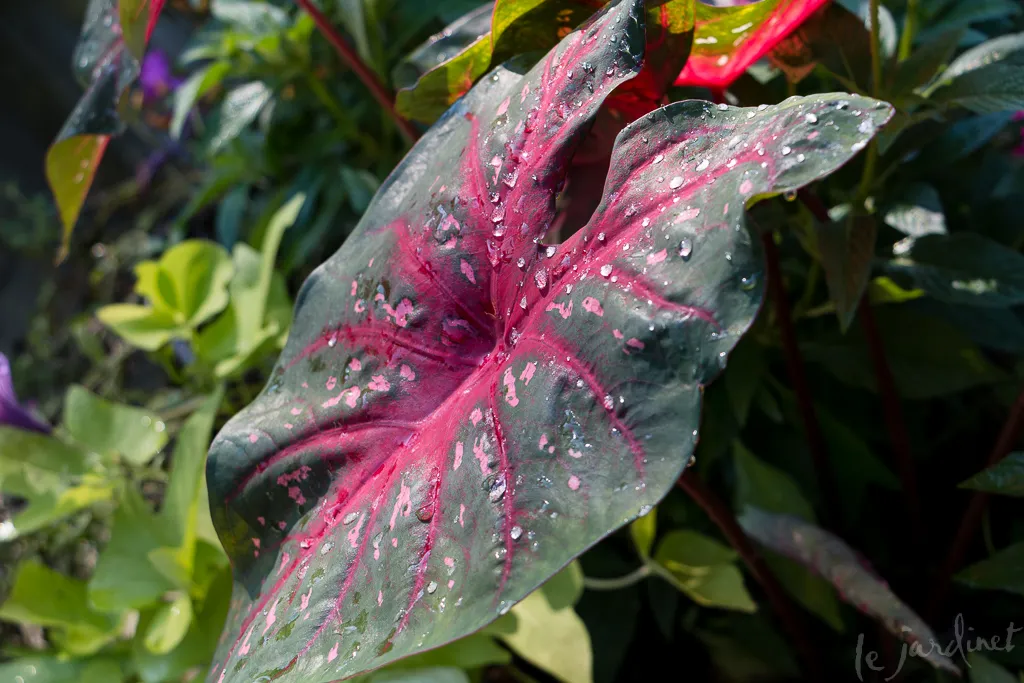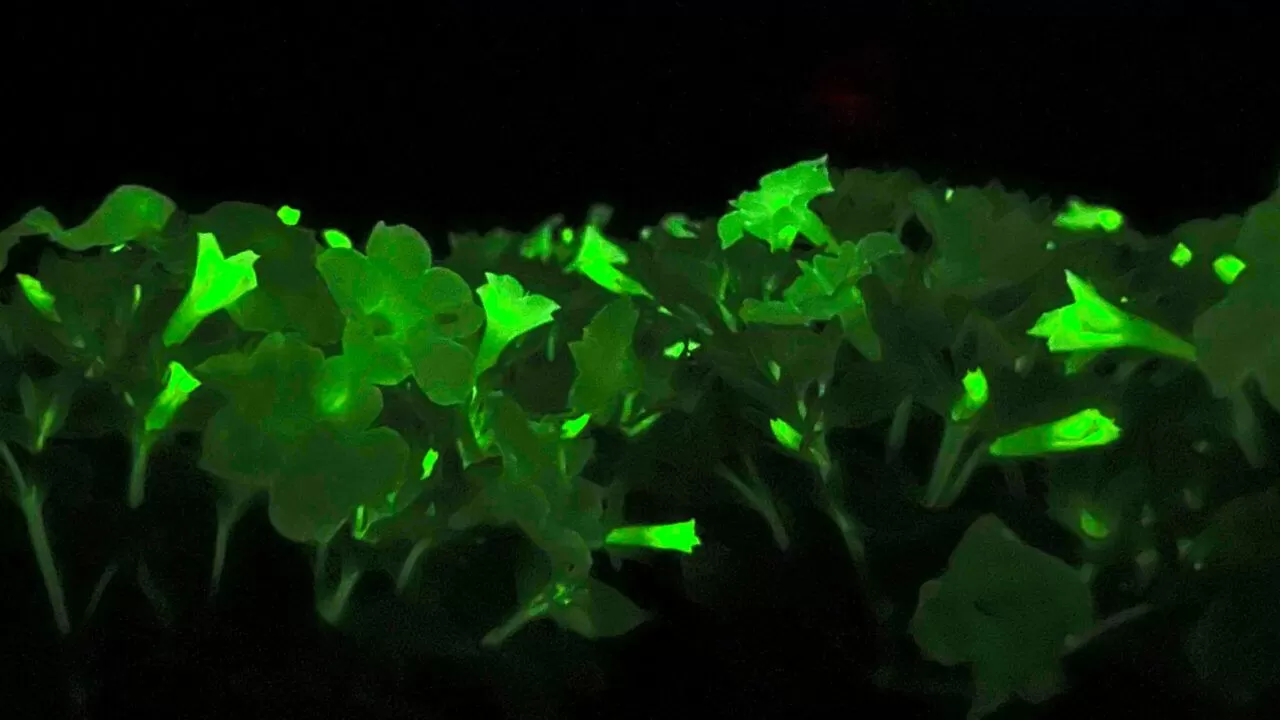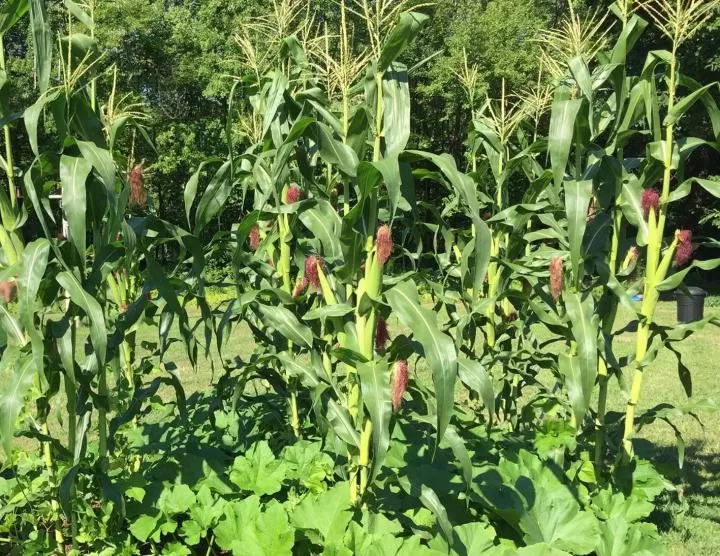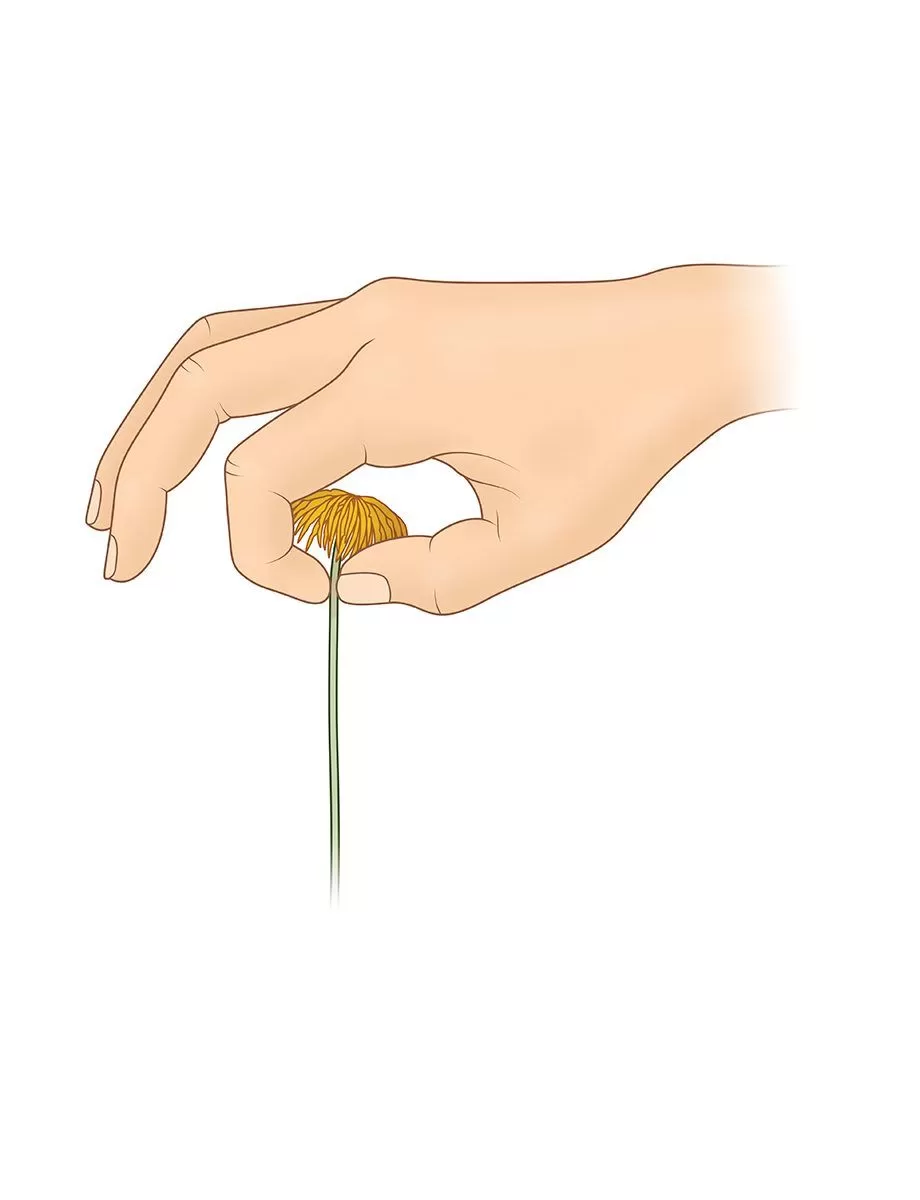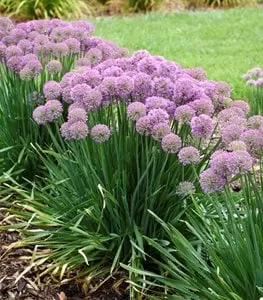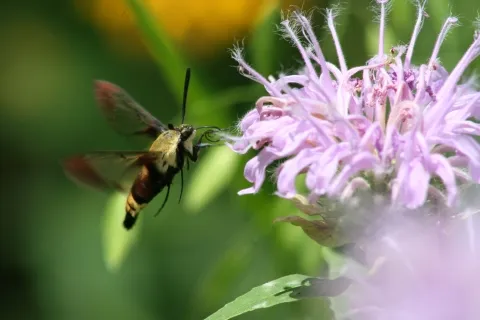- Unlock a profusion of blooms: Learning how to grow cosmos from seed is your ticket to a summer garden bursting with color.
- Versatile sowing options: Start seeds indoors for an early boost or sow directly into your garden after the last frost.
- Sunshine and good drainage: These are the simple secrets to happy, thriving cosmos plants that ask for very little.
- More flowers, less fuss: Regular deadheading keeps these beauties flowering profusely all season long.
- Save your seeds: Enjoy an encore performance next year by easily collecting seeds from spent blooms – it’s the gift that keeps on giving!
Imagine stepping into your garden and being greeted by a whirlwind of delicate, daisy-like flowers dancing on slender stems. Pinks, whites, purples, oranges, and even rich chocolatey reds – this is the magic of cosmos. And the best part? You can cultivate this breathtaking display yourself, starting with just a tiny seed. If you’ve ever dreamt of a vibrant, low-maintenance flower garden, then learning to grow cosmos from seed is an adventure you’re going to love. It’s simpler than you think, incredibly rewarding, and one of my favorite ways to fill the garden with effortless charm.
Contents
- Why You’ll Adore Growing Cosmos From Seed
- Getting Started: Your Toolkit to Grow Cosmos From Seed
- The Sowing Adventure: How to Grow Cosmos From Seed
- Option 1: Starting Cosmos Seeds Indoors (Early Spring)
- Option 2: Direct Sowing Cosmos Seeds Outdoors (After Last Frost)
- Transplanting Your Cosmos Seedlings (If Started Indoors)
- Nurturing Your Cosmos: Care for Abundant Blooms
- Sunlight & Soil Savvy
- Watering Wisdom
- Feeding (or Not Feeding!) Your Cosmos
- The Magic of Pinching and Deadheading
- Supporting Taller Varieties
- A Glimpse into Cosmos Varieties
- Troubleshooting Common Cosmos Concerns
- The Cycle Continues: Saving Cosmos Seeds for Next Year
- Your Cosmos Adventure Awaits!
Why You’ll Adore Growing Cosmos From Seed
Before we dive into the “how-to,” let’s talk about the “why.” Growing cosmos from seed isn’t just about getting beautiful flowers; it’s an experience.
- Effortlessly Easy: Cosmos are famously unfussy. They’re forgiving of new gardeners and don’t demand constant attention.
- Budget-Friendly Beauty: A single packet of cosmos seeds can fill a large garden bed, offering an incredible return on a small investment.
- A Cut Flower Dream: Their long stems and profuse blooms make cosmos perfect for bouquets, bringing a touch of garden cheer indoors.
- Pollinator Paradise: Bees, butterflies, and other beneficial insects adore cosmos, turning your garden into a lively ecosystem.
- Variety Galore: From the classic frilly pinks and whites of Cosmos bipinnatus to the vibrant oranges and yellows of Cosmos sulphureus, there’s a cosmos for every taste.
I still remember the first time I scattered a handful of cosmos seeds along a sunny border. I wasn’t sure what to expect, but a few weeks later, those tiny specks transformed into a cloud of color that lasted all summer. It was a delightful surprise and cemented my love for these cheerful bloomers.
Getting Started: Your Toolkit to Grow Cosmos From Seed
Ready to embark on your cosmos-growing journey? Here’s what you’ll need:
- Cosmos Seeds: Choose your favorite varieties! Consider height, color, and flower form.
- Seed Starting Mix (if starting indoors): A light, fluffy mix designed for seedlings is best.
- Pots or Trays (if starting indoors): Small pots, cell packs, or seed trays will work.
- A Sunny Spot: Cosmos thrive in full sun (at least 6-8 hours a day).
- Well-Draining Soil: While not overly picky, cosmos prefer soil that doesn’t stay waterlogged.
 Vibrant pink cosmos flowers blooming profusely in a sunlit garden bed.
Vibrant pink cosmos flowers blooming profusely in a sunlit garden bed.
Cosmos are native to regions like Mexico and Central America, so think warm, sunny conditions and soil that drains well – mimicking their natural habitat is key to success.
The Sowing Adventure: How to Grow Cosmos From Seed
You have two main paths to successfully grow cosmos from seed: starting them indoors for a head start, or sowing them directly into your garden.
Option 1: Starting Cosmos Seeds Indoors (Early Spring)
Starting cosmos seeds indoors, typically 4-6 weeks before your last expected frost date, gives your plants a jump on the season. This means earlier blooms!
- Prepare Your Pots: Fill your clean pots or trays with moist seed-starting mix.
- Sow the Seeds: Place 2-3 cosmos seeds on the surface of the compost in each pot or cell. They need light to germinate, so press them gently into the soil or cover them with a mere whisper of compost (about 1/8 inch deep).
- Water Gently: Water carefully to ensure good seed-to-soil contact without dislodging the seeds. A fine mist spray is ideal.
- Provide Warmth & Light: Place the pots in a warm spot (around 70-75°F or 21-24°C). Once seedlings emerge (usually within 7-21 days), move them to a bright windowsill or under grow lights.
- Thin Seedlings: If multiple seeds germinate in one pot, thin them to the strongest seedling by snipping the weaker ones at soil level.
- Potting On: When seedlings have a couple of sets of true leaves and are large enough to handle, you can transplant them into slightly larger individual pots if they seem crowded. This gives their roots more space to develop.
 Gardener's hands carefully potting on tender cosmos seedlings into individual pots.
Gardener's hands carefully potting on tender cosmos seedlings into individual pots.
- Harden Off: About a week before planting outdoors, gradually acclimate your seedlings to outdoor conditions. Start by placing them in a sheltered spot for a few hours each day, slowly increasing their exposure to sun and wind. This prevents transplant shock.
Option 2: Direct Sowing Cosmos Seeds Outdoors (After Last Frost)
If you prefer a more direct approach, or live in an area with a long growing season, you can sow cosmos seeds straight into your garden beds once all danger of frost has passed and the soil has warmed.
- Prepare the Soil: Choose a sunny spot with well-draining soil. Loosen the soil with a fork or tiller and rake it smooth, removing any weeds or large stones. Amending with a little compost is beneficial but not strictly necessary, as overly rich soil can lead to more foliage than flowers.
- Sow the Seeds: Scatter the cosmos seeds thinly over the prepared soil. You can sow them in drifts for a natural look or in rows if you prefer.
- Cover Lightly: Gently rake the soil to cover the seeds lightly, no more than 1/4 inch deep.
- Water Well: Water the area thoroughly but gently. Keep the soil consistently moist until seedlings emerge.
- Thin Seedlings: Once seedlings are a few inches tall, thin them to the recommended spacing for your chosen variety (usually 12-18 inches apart). This gives each plant enough room to flourish. Don’t be afraid to be ruthless here; crowded plants won’t perform as well.
Transplanting Your Cosmos Seedlings (If Started Indoors)
Once the danger of frost has passed and your indoor-sown seedlings are hardened off, it’s time to plant them out.
- Choose the Right Time: Plant on a calm, overcast day if possible, or in the late afternoon to reduce stress on the young plants.
- Spacing is Key: Space your cosmos seedlings according to the variety’s mature size, typically 12-18 inches apart. Good air circulation helps prevent disease.
- Planting: Dig holes large enough to accommodate the root ball. Gently remove each seedling from its pot, trying to keep the root ball intact. Place it in the hole at the same depth it was growing in its pot, and backfill with soil, firming it gently around the base.
- Water In: Water thoroughly after planting to help settle the soil around the roots.
 Healthy young cosmos seedlings being planted out into a prepared garden bed.
Healthy young cosmos seedlings being planted out into a prepared garden bed.
Nurturing Your Cosmos: Care for Abundant Blooms
Cosmos are wonderfully low-maintenance, but a little care will ensure they put on their best show.
Sunlight & Soil Savvy
As mentioned, cosmos are sun-worshippers. The more sun they get, the more flowers they’ll produce. They are adaptable to various soil types but truly thrive in average, well-draining soil. Overly rich soil or too much fertilizer can lead to lots of leafy growth at the expense of flowers.
Watering Wisdom
Water young plants regularly until they are established. Once mature, cosmos are quite drought-tolerant. Water deeply when the top inch or two of soil feels dry. Avoid overwatering, as this can lead to root rot.
Feeding (or Not Feeding!) Your Cosmos
Generally, cosmos do not need much fertilizer. If your soil is very poor, a light feeding with a balanced liquid fertilizer early in the season might be beneficial. However, too much nitrogen will result in lush foliage but fewer blooms – a common reason for “all leaves, no flowers.”
The Magic of Pinching and Deadheading
These two simple tasks can dramatically increase your flower yield:
- Pinching for Bushier Plants: When your cosmos seedlings are about 6-8 inches tall and have developed at least 3-4 sets of true leaves (the feathery ones, not the initial seed leaves), pinch out the growing tip of the main stem. This encourages the plant to branch out, resulting in a bushier plant with many more flowering stems. It feels a bit counterintuitive to snip off the top, but trust me, your cosmos will thank you with an abundance of blooms!
- Deadheading for Continuous Flowers: This is the secret to keeping cosmos flowering all summer long. Regularly remove spent flowers by snipping the stem back to the first set of leaves below the faded bloom. This prevents the plant from setting seed and channels its energy into producing more flowers. The more you pick, the more they bloom!
Supporting Taller Varieties
Some cosmos varieties can grow quite tall (4-6 feet or more!) and may benefit from staking, especially in windy areas. Place stakes early in the season to avoid damaging roots later. You can use bamboo canes, pea sticks, or ring supports.
A Glimpse into Cosmos Varieties
Part of the joy of learning to grow cosmos from seed is exploring the different types available. Here are a few popular ones:
- Cosmos bipinnatus (Garden Cosmos): This is the classic cosmos with feathery foliage and daisy-like flowers in shades of pink, white, magenta, and crimson. Varieties like ‘Sensation Mix’, ‘Purity’ (white), ‘Dazzler’ (carmine), and the frilly ‘Seashells Mix’ are widely loved.
- Common Name: Garden Cosmos, Mexican Aster
- Zone: 2-11 (grown as an annual in most zones)
- Light: Full sun
- Humidity: Average
- Water: Moderate, drought-tolerant once established
 Pure white 'Sonata White' cosmos flowers with yellow centers blooming elegantly in a garden.
Pure white 'Sonata White' cosmos flowers with yellow centers blooming elegantly in a garden.
-
Cosmos sulphureus (Sulphur Cosmos): These feature vibrant flowers in shades of yellow, orange, and red. Their foliage is a bit coarser than C. bipinnatus. ‘Bright Lights Mix’ is a popular choice. They are particularly heat and drought tolerant.
- Common Name: Sulphur Cosmos, Klondike Cosmos
- Zone: 2-11 (grown as an annual in most zones)
- Light: Full sun
- Humidity: Tolerates high humidity, prefers average
- Water: Moderate, drought-tolerant once established
-
Cosmos atrosanguineus (Chocolate Cosmos): A perennial favorite for its unique, velvety, dark reddish-brown flowers that smell faintly of chocolate. While it can be grown from seed, it’s often propagated from tubers to ensure true-to-type plants. It requires winter protection in colder zones.
- Common Name: Chocolate Cosmos
- Zone: 7-10 (tender perennial, often grown as an annual or tubers lifted for overwintering)
- Light: Full sun
- Humidity: Average
- Water: Moderate
Troubleshooting Common Cosmos Concerns
While generally trouble-free, here are a couple of issues you might encounter:
- Leggy Seedlings: If your seedlings (especially those started indoors) become tall and spindly, it’s usually due to insufficient light. Ensure they get plenty of bright light. If they are already leggy, you can plant them a bit deeper when transplanting, and make sure to pinch out the tops to encourage bushier growth.
- Few or No Flowers: This is often caused by too much nitrogen fertilizer (leading to leafy growth), not enough sun, or planting in soil that’s too rich. Cosmos bloom best in full sun and average soil. Pinching out and regular deadheading also significantly boost flower production.
- Pests: Young cosmos seedlings can be susceptible to slugs and snails. Protect them with your preferred method (barriers, traps, or organic slug bait). Aphids can occasionally appear but are usually not a major problem and can be washed off with a spray of water.
A lush container showing off the beauty of cosmos among other plants highlights how these flowers can brighten any space. Regular care, including deadheading, ensures they remain vibrant.
 A lush container arrangement showcasing vibrant cosmos flowers alongside hostas and other bedding plants.
A lush container arrangement showcasing vibrant cosmos flowers alongside hostas and other bedding plants.
The Cycle Continues: Saving Cosmos Seeds for Next Year
One of the most rewarding aspects of growing cosmos is how easy it is to save their seeds. This means you can enjoy these beauties year after year for free!
- Let Some Flowers Mature: Towards the end of the season, allow some of the best-looking flowers to fade and dry completely on the plant.
- Identify Ripe Seed Heads: The flower head will turn brown and dry, and the petals will fall away, revealing the elongated, dark seeds clustered together.
- Harvest on a Dry Day: Once the seed heads are brittle and dry, snip them off the plant.
- Extract Seeds: Gently rub the seed heads between your fingers over a bowl or paper towel to release the seeds. You can also place the heads in a paper bag and shake them.
- Dry and Store: Ensure the seeds are completely dry before storing. Spread them on a plate or paper towel in a cool, dry place for a few days. Then, store them in a labeled paper envelope or airtight container in a cool, dark, and dry location until next spring.
 Close-up of dried cosmos seedheads ready for harvesting seeds for next season's planting.
Close-up of dried cosmos seedheads ready for harvesting seeds for next season's planting.
Saving your own cosmos seeds is a simple joy that connects you to the full life cycle of your garden.
Your Cosmos Adventure Awaits!
There you have it – your comprehensive guide to successfully grow cosmos from seed. From the thrill of watching those first tiny seedlings emerge to the delight of a garden overflowing with airy, colorful blooms, growing cosmos is a truly joyful experience. They ask for so little but give back so much beauty.
So, grab a packet of seeds, find a sunny spot, and get ready to paint your garden with the vibrant, carefree spirit of cosmos. We’d love to hear about your cosmos-growing adventures! Share your tips, favorite varieties, or any questions you might have in the comments below. Happy planting, and may your garden dance with cosmos all summer long!






